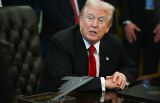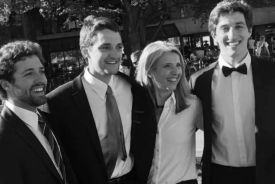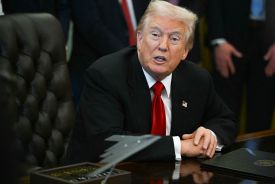The American University of Afghanistan has reopened seven months after it suffered a terror attack. The deadly raid by the Taliban killed at least 16 people.The attack led to concerns that the university would never recover. It destroyed the institution's image of being an island of liberalism and learning in a nation afflicted by militant violence.
Speaking to Reuters, Kabul political science student Rahmatullah Amiri admitted that the only thing he can do to show terrorists that what they did was wrong was to go back to school. Amiri was shot three times in the Taliban attack last August and witnessed the death of a friend.
Several international organizations have removed their staff out of Afghanistan in the middle of the security crisis. University officials have also acknowledged that faculty turnover since the attack has become 20 to 30 percent higher than usual.
On a positive note, student enrollment has slightly increased compared to last year. Students arrived this week for new orientation sessions and construction work on new classrooms and a cafeteria continued.
There was excitement over the new school year but apprehension about what will happen in the coming months as well. Security has been increased in campus and the orientation classes focused on safety training.
Guard towers and checkpoints are staffed by heavily armed foreign guards employed by a Canadian private security firm. The foreign company had to get the approval of Afghan President Ghani since such businesses have been banned in the country years ago.
The American University of Afghanistan has moved all faculty and some students into in-campus housing. This is part of the school's efforts to reduce risks like kidnapping.
David Sedney, Acting President of the American University of Afghanistan (AUAF) told VOA News that the university campus is now safer because of the new security measures taken after the terror attack last year. The school has about 1,700 students and is considered as one of Afghanistan's finest higher education institutions.
© 2025 University Herald, All rights reserved. Do not reproduce without permission.








